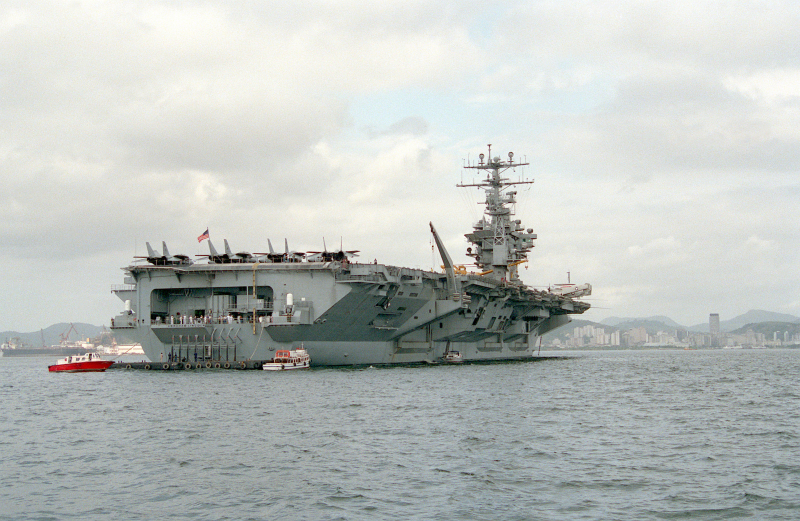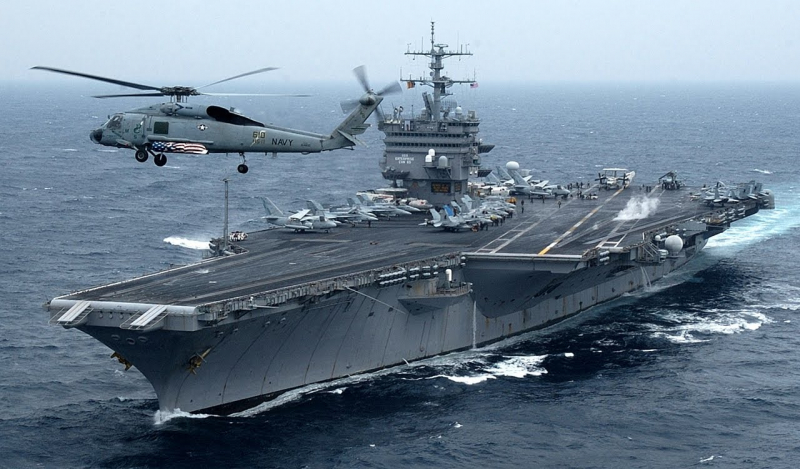One Was Built from Ice
The fact that an aircraft carrier operates at all is among its most astounding features. A carrier of the Ford class can carry 100,000 tons. It seems unbelievable that a steel vessel of that magnitude could ever move on the water. Wood was the only material used to construct ships in the past since it floated, and it took some scientific ingenuity to modify ship designs for boats that should otherwise sink.
When we think of any form of boat, wood and steel are undoubtedly the most prevalent materials that come to mind, although polymers and fiberglass also have their place. Steel, however, is the only material that can be used to build an aircraft carrier. however, not always. Pykrete was utilized in the past. Geoffrey Pyke, a guy entrusted with accomplishing the impossibly, created Pykrete. Make a ship that could never sink for an aircraft carrier. To do this, create it from ice.
The British military accepted Pyke's suggestion and, for some reason, thought it was brilliant. Pyke suggested using a material called Pykrete, which is a blend of 85% water and 15% wood pulp, to build this edifice. The resulting ice was remarkably strong but still usable. Bullets and torpedoes scarcely damaged the ice at all, but you could easily manipulate it and even saw off chunks to create the structure. It was also quite difficult to thaw out after being frozen.
Project Habbakuk, Pyke's invention, was quickly imported to Canada. A proof-of-concept model was constructed in an Alberta lake by the Canadian military in response to Winston Churchill's request for one that was 2,000 feet long. The final product was 60 feet long and 1,000 tonnes in weight.
There were several reasons why the full scale model was never completed. They needed 300,000 tonnes of wood pulp, which would have increased the cost of the cooling system by three times. On the timeline they had, there was no way to construct one either. It took more than a year for the test model to melt before the project was finally shelved.












